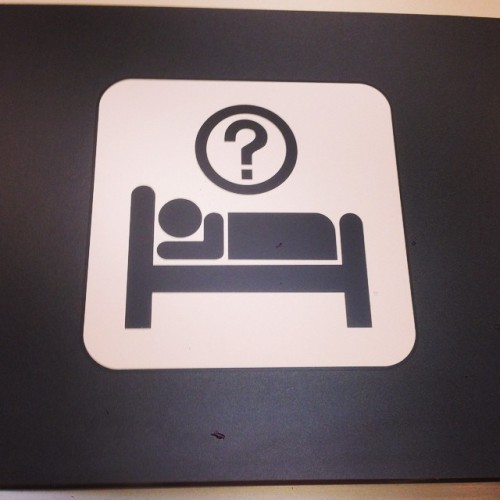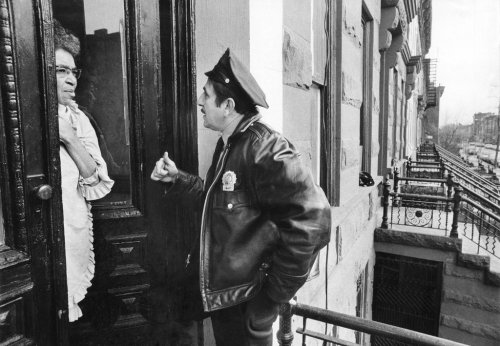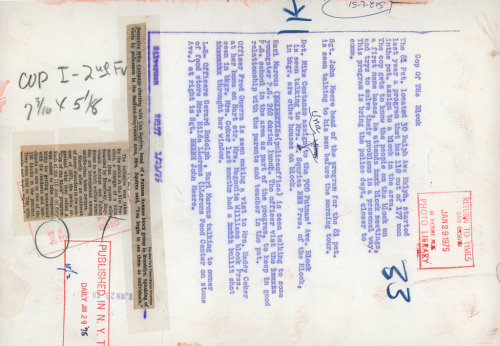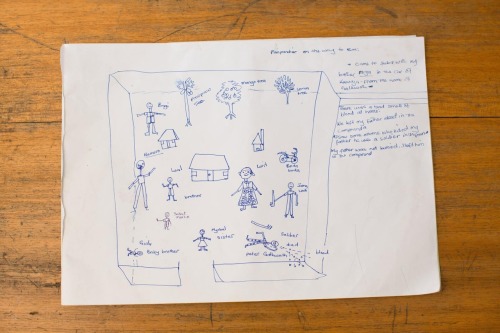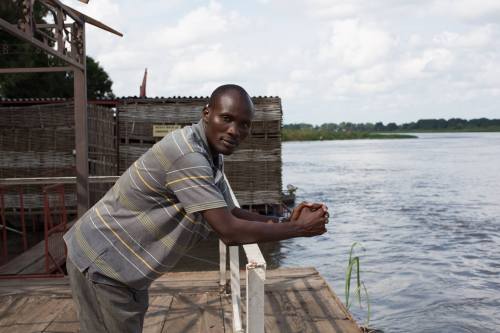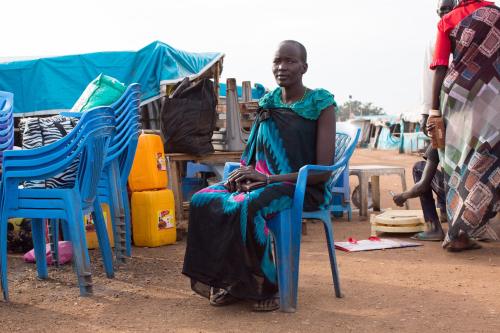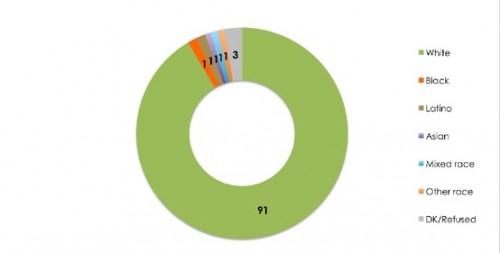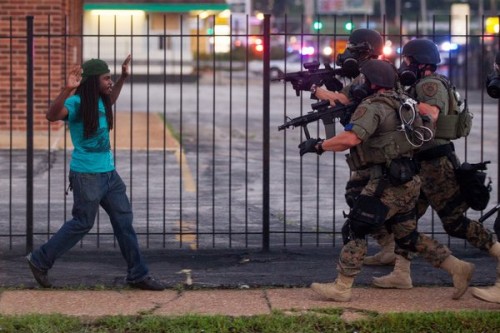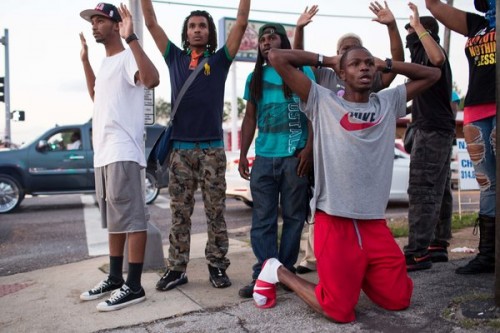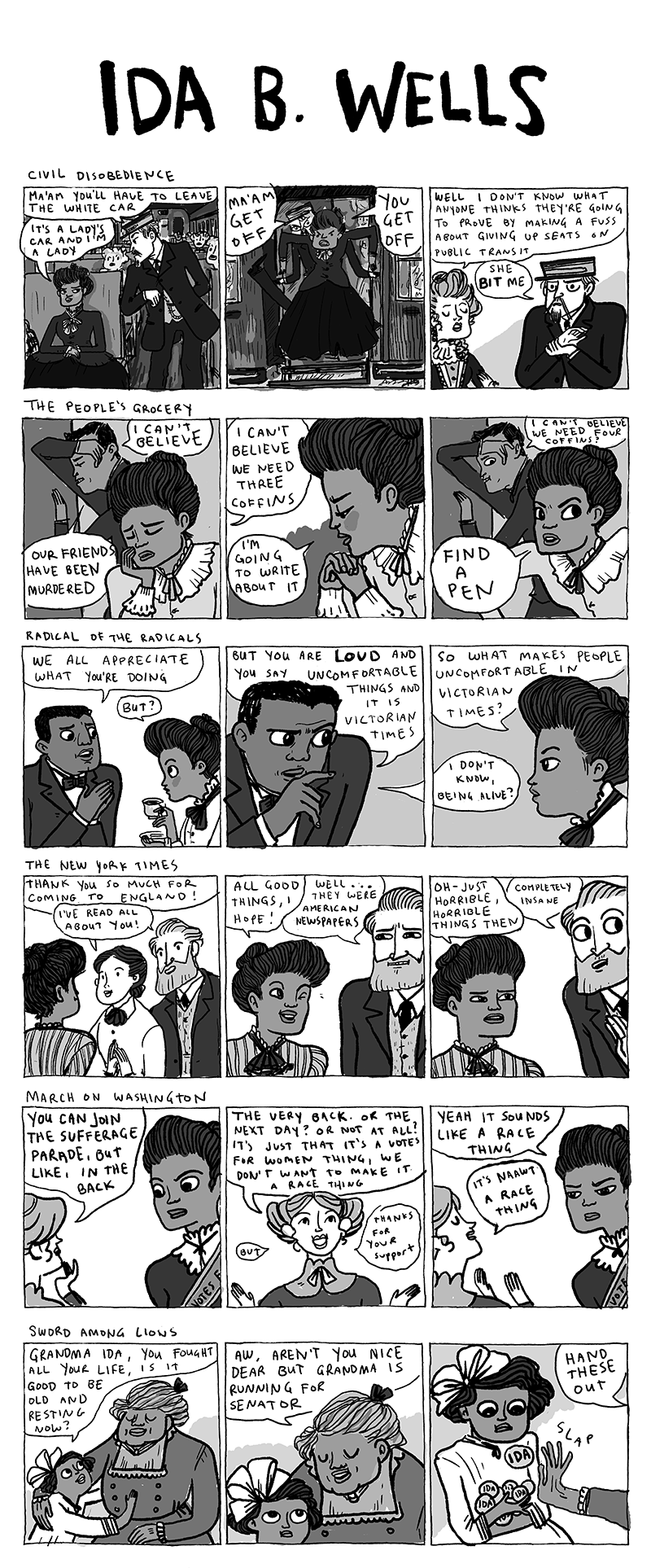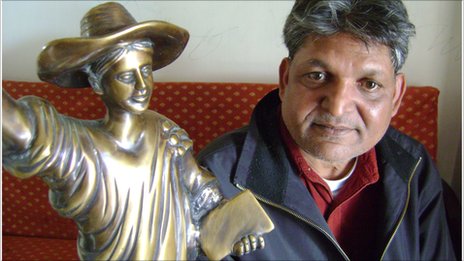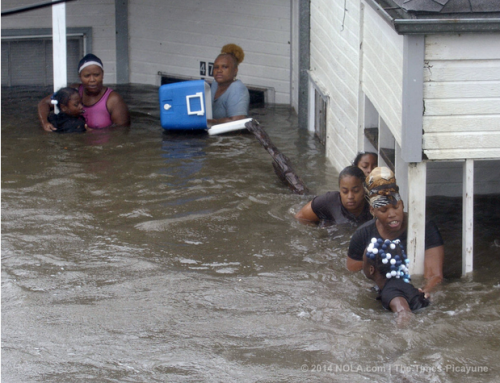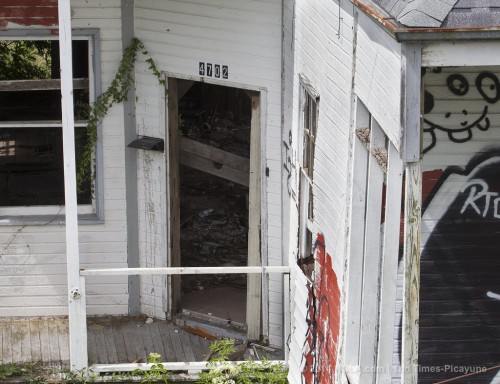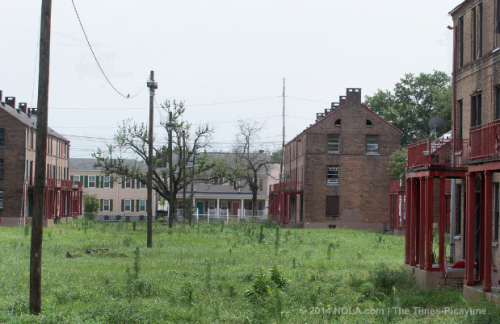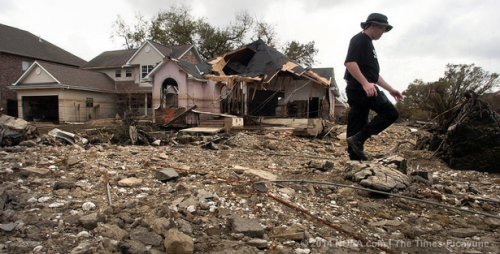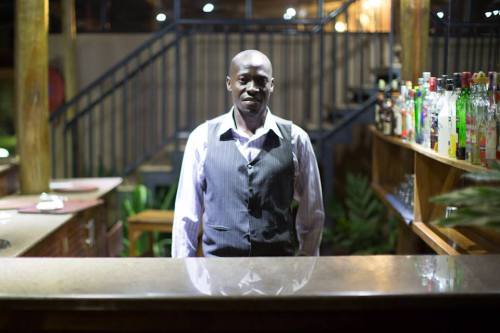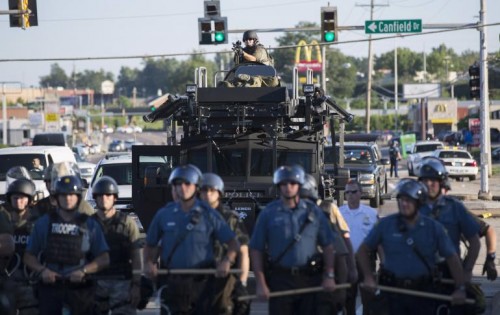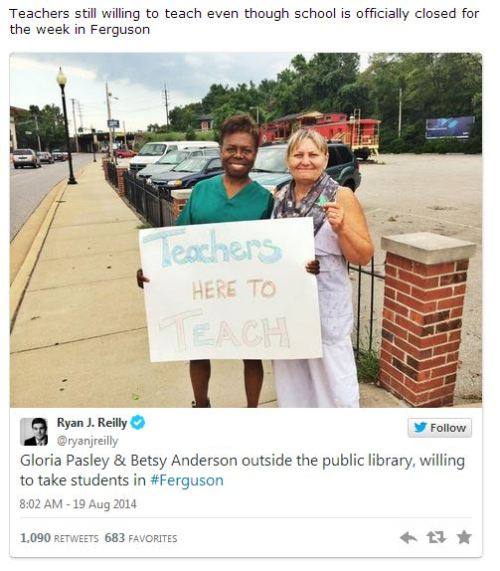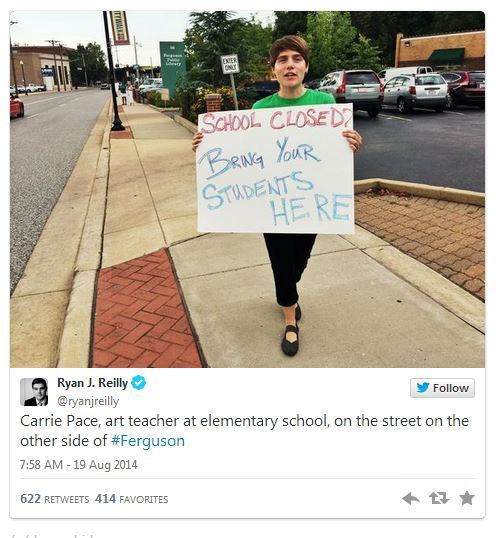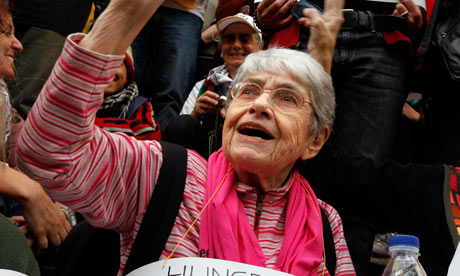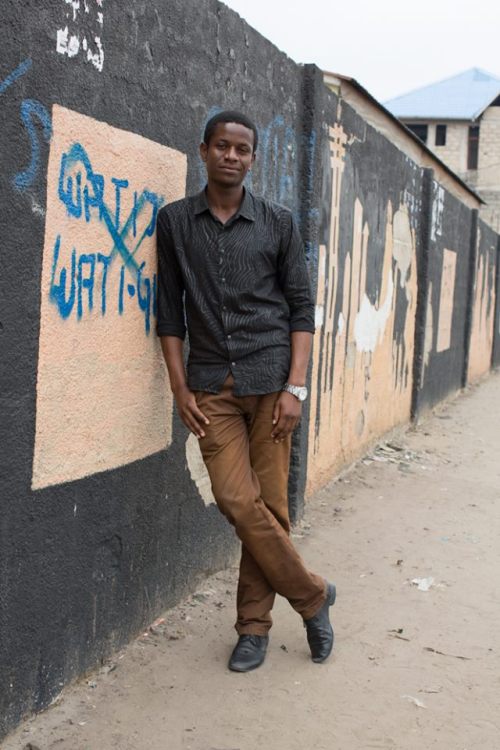With yesterday's report of Pacific golden-plover at Fern Ridge reservoir as motivation, I pedaled to this well-known birding spot just west of Eugene, OR early this morning. As soon as I arrived, I was able to find the Ruff that had been reported the day before. In fact, it was so close that I was basically able to bare eye the ID! The light was terrible, but a quick break in the clouds an hour later gave me the chance to grab a serviceable photograph. I have seen this species on several occasions now (including earlier this year in Texas), but this was by far the best look I have ever had at a Ruff!
This was one time I really missed my big camera.
I would have nailed this bird with it!
The rest of the morning was spent chasing the plover that had apparently moved on. Neither I nor any of the other dozen birders who scoured the location this morning were able to relocate it (as far as I know). In additional to Ruff, I did have Western sandpiper, Least sandpiper, Red-necked phalarope, Black-necked stilt, Long-billed dowitcher, American avocet, Wilson's snipe, Marbled godwit, both yellowlegs, Bald eagle, Peregrine falcon, Franklin's gull, and a few others. I also spent some time hanging with local birder Barry McKenzie. He proved to be a thoroughly enjoyable birding companion. It was nice to have company this morning after a lot of solo birding yesterday. I forgot to get a photo of us! Oh, the other fun thing about this place was all the crawdads crawling around in the mud between the shorebirds. They were maybe 5-7 inches in length, and there sure were lot of them!


The big news of the day came on my last pass of the east dike. I was debating leaving when I talked myself into one last down-and-back traverse of this stretch. In scanning for shorebirds, I noticed two distant Greater white-fronted geese for year bird #548! I figured I would run into these at some point (probably flying overhead somewhere), but it was nice to tack on a year bird to the Ruff this morning. I tried to digiscope a shot, but the heat shimmer at midday made this challenging to say the least.
One GWFG at the left hand end of the image,
Other GWFG is facing us on the right end.
Middle bird/blob is something else.
In the afternoon I rode west towards Florence, OR where I am spending the night at the Best Western Pier Point Inn. Starting afternoon rides after morning birding is always challenging. I stayed at Fern Ridge until noon, then had lunch, then hit the road for the 55-mile ride to the coast. The sun was out for a good part of the morning, and I was low on energy for the entire ride today. It was a real struggle, especially the last ~20 miles which were into a moderately stiff west headwind. I paralleled the Siuslaw River for this entire stretch. It was quite scenic but I got into a good rhythm and did not want to stop to take photos. My Best Western actually overlooks the river and town of Florence. I did grab a quick snap though the screen when I arrived this evening.
69 miles to reach 11,999 for the year!
Tomorrow I am going to head down the coast to Coos Bay and perhaps Bandon. The second spot is supposed to be the best shore birding in the state, so I would like to spend at least a day culling through what shorebirds may be present in hopes of finding something different!
OK, its been a while since I brought up anything environmental, but I have the time and the energy to do so tonight. I have been saying all year that small changes implemented by many people can actually make a difference. I am doing 3 things on a daily basis that I think help minimize my footprint. I want to share these with you.
1) I carry a bar of soap with me from motel to motel (or Best Western!) and reuse it at each stop. This way I don't unwrap the soap in the room. Anytime you unwrap the soap, use it once, and leave it in the shower, it's just going to get thrown out by the cleaners the next day. You may as well take it with you and reuse it. I actually use the bar soap to wash my hair as well so I don't use those plastic, wasteful shampoo one-hitter things.
2) I carry a plastic knife, fork, and spoon with me at all times. I have reused them dozens of times. This means much less single use crap going into the landfill each day.
3) I don't flush the toilet after I pee. Sound gross? Get over it. Every flush is 2 gallons down the drain. I drink a lot of water, and as I result I pee at least 5 times each evening/night. Assuming at absolute minimum 2 gallons per flush, I am saving 10 gallons of water by flushing the toilet once the following morning. California has 38 million people and a water shortage. Assuming the average person pees half as much as me (and subtracting a few million babies who pee in diapers), my method would save over 150,000,000 (that's 150 MILLION) gallons of water a day!
The point is that single use things are really wasteful. Imagine if we could use every single use thing we use twice. We'd instantly cut what we use in half! We need to consolidate our use of single use products into multiple uses. One of these days I'll tackle the K-Cups disaster. These are the most wasteful things EVER! The general rule is the easier it is for a human, the worse it is for the planet. We all need to think about this and make adjustments, even if it means a bit more work on our parts.
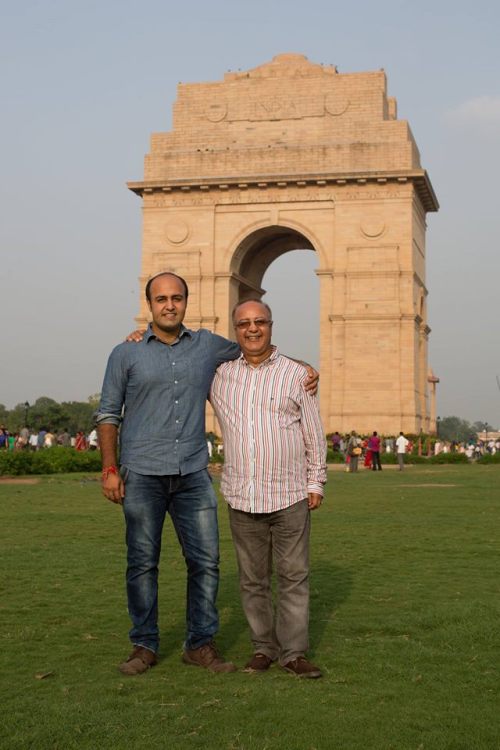
 On Monday I noted The
Washington Post had put together a
On Monday I noted The
Washington Post had put together a 



